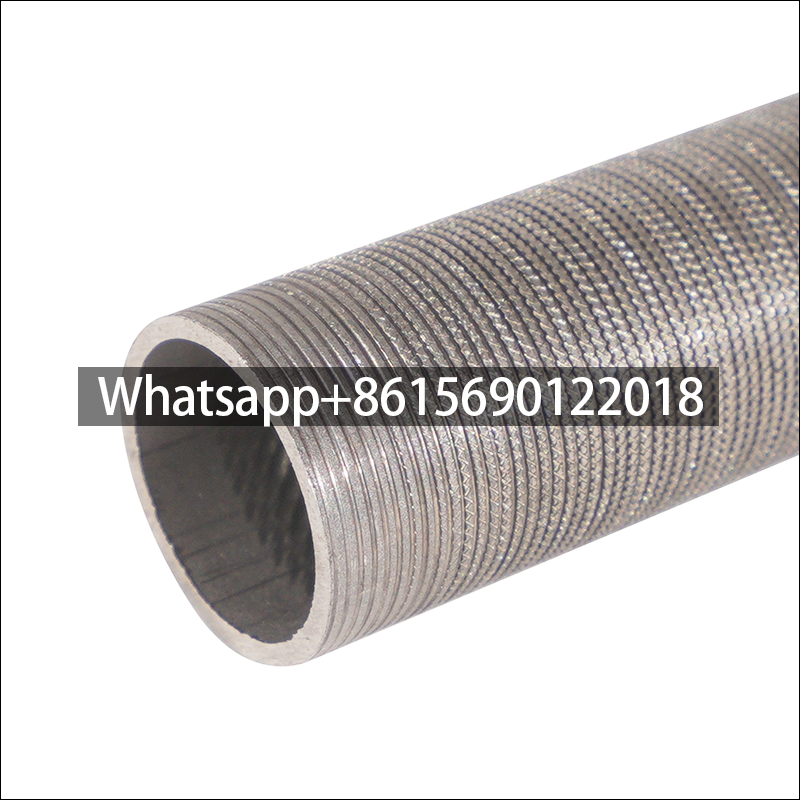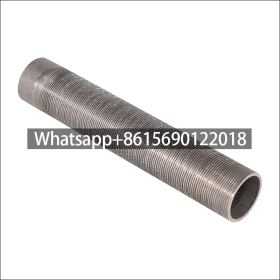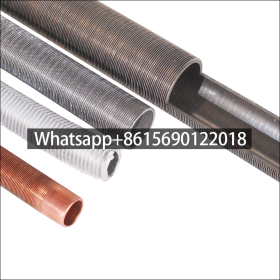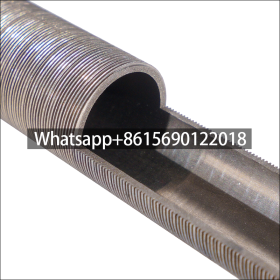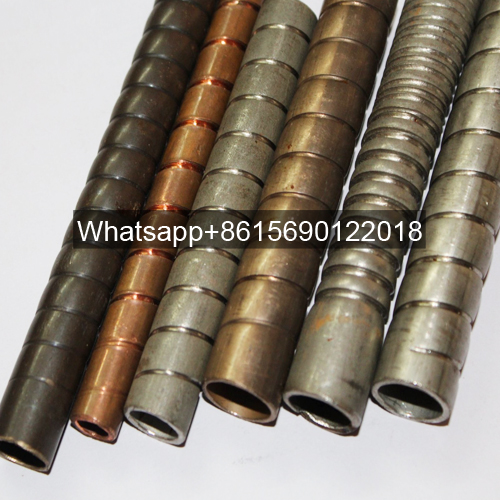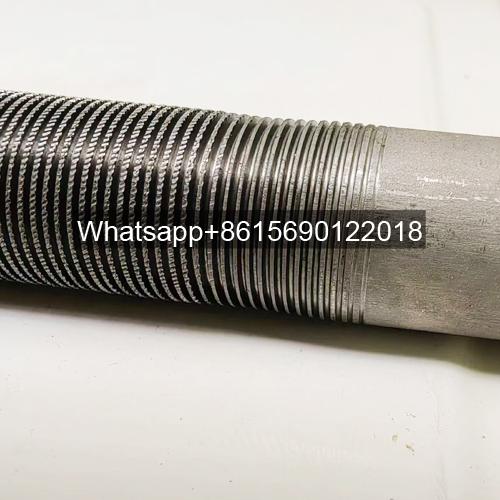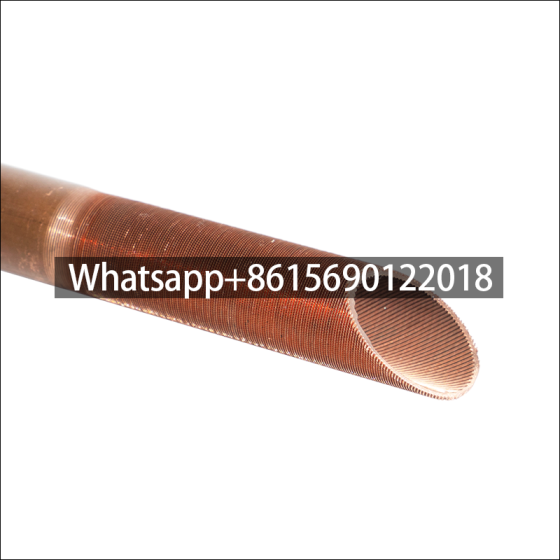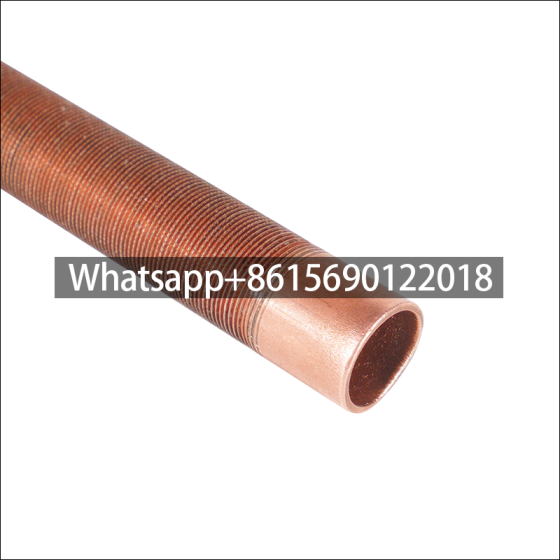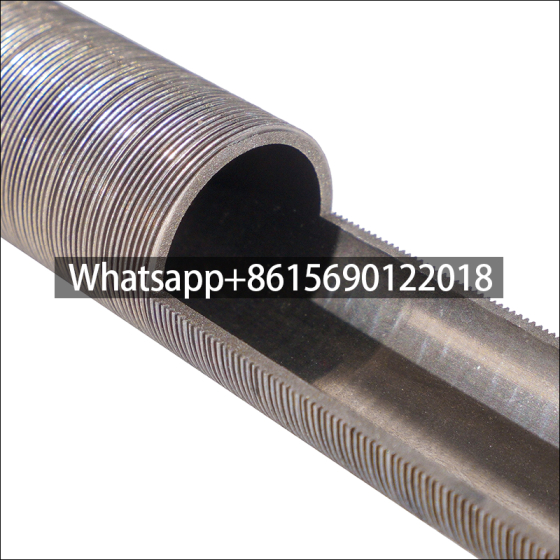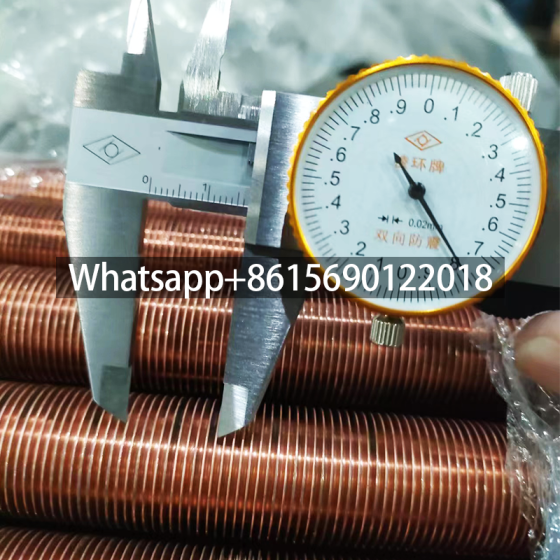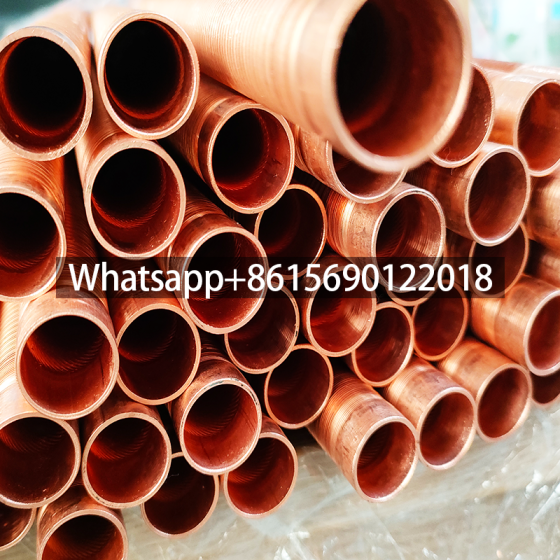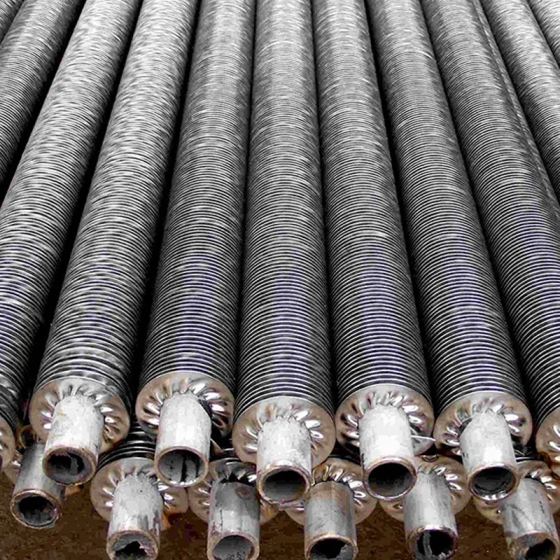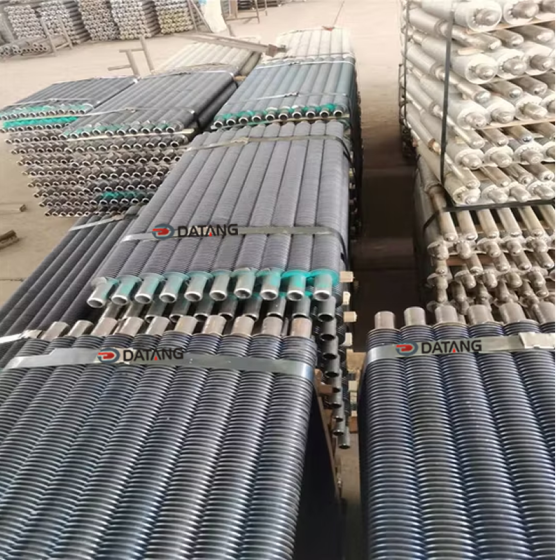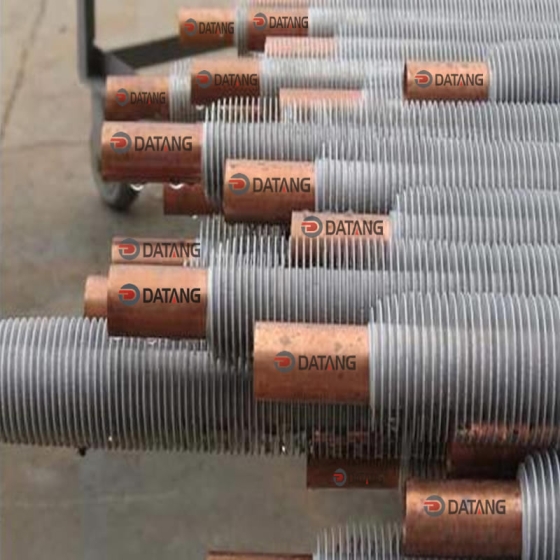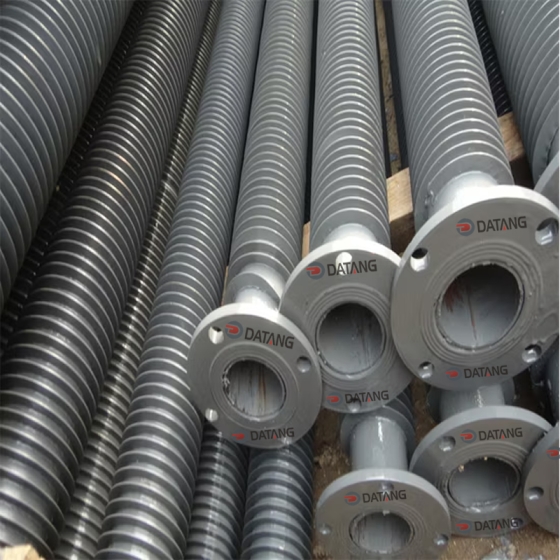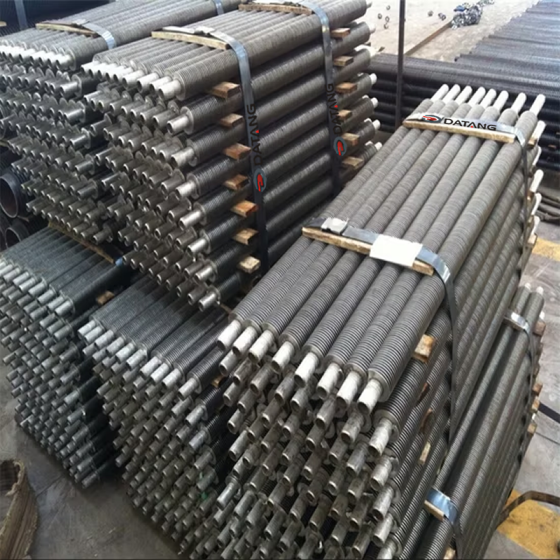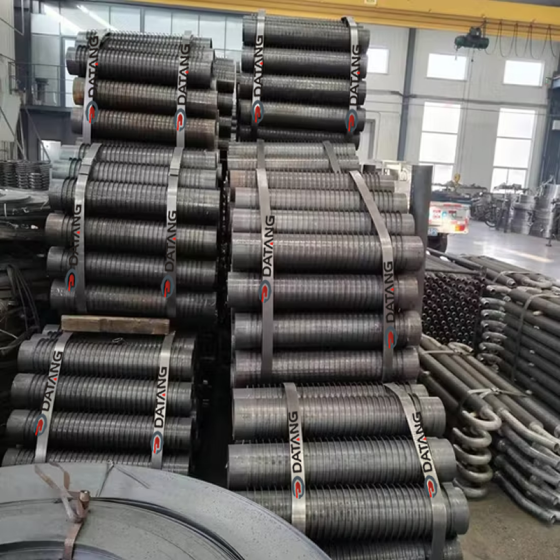The inner groove stainless steel low fin tube is a special heat exchange element. It is mainly formed on the outer surface of the light tube by mechanical processing to form fins (fins) with a certain height, fin spacing and thickness, and these fins also have an inner groove design.
This design not only increases the surface area of the tube and improves the heat exchange efficiency, but also further enhances the heat transfer effect through the inner groove.
Structure and material of inner groove stainless steel low fin tube
The main material of the inner groove stainless steel low fin tube is stainless steel, usually 304 or 316 stainless steel. Stainless steel contains alloy elements such as chromium and nickel, and the addition of these elements gives stainless steel excellent corrosion resistance.
In a corrosive environment such as humidity, acid and alkali, a dense and stable passivation film will be formed on the surface of stainless steel, which effectively prevents the pipeline from being corroded and greatly prolongs the service life of the fin tube.
Application scenarios of inner groove stainless steel low fin tube
Due to its excellent heat exchange performance, the inner groove stainless steel low fin tube is widely used in condensers, evaporators and other equipment of air conditioners. The finned tubes in these devices significantly improve heat dissipation efficiency by increasing the surface area of the pipe, allowing heat to be dissipated more quickly. Par exemple, in air conditioning systems, low-finned tubes can effectively exchange heat and help regulate indoor temperature.
Internally Grooved Stainless Steel Low-Fin Tubes: Performance Characteristics and Applications
1. Inner Grooved Stainless Steel Low Fin Tube Structural Features
Internally grooved stainless steel low-fin tubes combine two enhancement technologies:
- Internal Spiral Grooves: Typically with 50-70 grooves per inch (GPI), creating secondary flow vortices
- External Low Fins: Fin height ranging 0.8-1.5mm with fin density of 26-40 fpi
The 304/316L stainless steel construction provides:
- Corrosion resistance in acidic/alkaline environments
- Operating temperature range: -196°C to 800°C
- Surface roughness Ra < 0.8μm
2. Inner Grooved Stainless Steel Low Fin Tube Manufacturing Process
Key production stages:
- Tube Extrusion: Cold drawing with mandrel to form internal grooves
- Fin Rolling: Precision rolling forms external fins with ±0.05mm tolerance
- Annealing: Solution treatment at 1050°C followed by rapid quenching
- Surface Treatment: Electropolishing for optimal cleanliness
3. Inner Grooved Stainless Steel Low Fin Tube Thermal Performance
Comparative test data (vs smooth tubes):
ParameterEnhancement RatioHeat transfer180-220%Evaporation200-250%Condensation160-190%Pressure drop130-150%
The grooves promote nucleate boiling while fins increase effective heat transfer area by 2.5-3.8×.
4. Inner Grooved Stainless Steel Low Fin Tube Industrial Applications
Refrigeration Systems
- Achieve 15-20% higher COP in chillers
- Reduce refrigerant charge by 30%
Chemical Processing
- Resistant to HCl/NaOH solutions
- Fouling resistance <0.0005 m²K/W
Power Plant Condensers
- Steam-side heat transfer: 5800-6200 W/m²K
- Water savings up to 40%
5. Inner Grooved Stainless Steel Low Tube d’aileron Maintenance Considerations
- Recommended cleaning cycle: 12-18 months
- Compatible with CIP/SIP procedures
- Maximum allowable scaling thickness: 0.3mm
Future development focuses on nano-coated variants for anti-fouling applications.
 dtfinnedtube.com
dtfinnedtube.com

